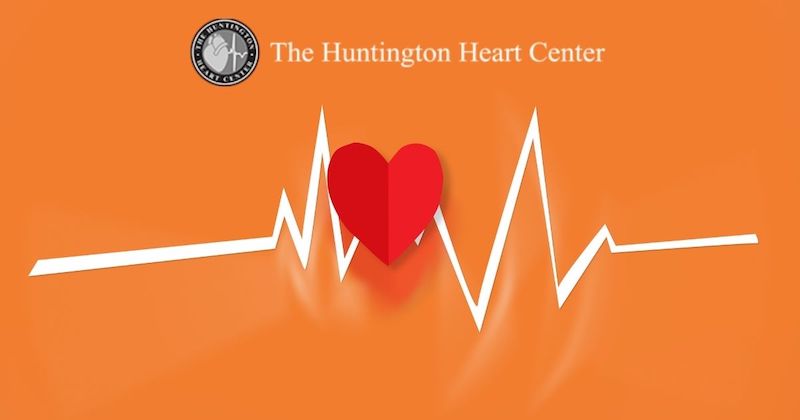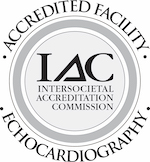At Home Heart Monitoring
When patients come into our office complaining of a fast-beating heart, unexplained fainting or other issues related to the heartbeat, we immediately turn our minds to the concept of an arrhythmia or irregular heartbeat. It is estimated that over 5 million Americans are living with a Afib or atrial fibrillation which is the most prevalent arrhythmia in the world. Many more may be suffering from other rhythm issues.
When a patient visits their primary care physician with complaints of an arrhythmia, they are often given an EKG or electrocardiogram. This is an excellent diagnostic tool for persistent arrhythmias but can often miss paroxysmal or occasional arrhythmias because it only offers a snapshot in time. When patients are told that nothing has been found, it can be very frustrating because arrhythmias, especially those that are significant, can be frightening, even feeling like a heart attack.
Typically, the answer lies with a visit to your cardiologist specializing in heart rhythm disorders, – known as an electrophysiologist or EP. As specialists in the electrical circuitry of the heart, we are able to use advanced diagnostic machinery to get to the appropriate diagnosis. This may include at home monitoring
You may be fitted with a Holter monitor which is an external monitor with leads attached to the chest that constantly measures heart rhythm. These are usually worn for several days and the data is then analyzed by our office to see any arrhythmias that may have occurred.
Event monitors are similar devices but are activated by the patient when they experience a rhythmic abnormality.
For patients whose arrhythmia occurs very rarely, and implantable loop recorder may be a good option. This is a small device implanted under the skin that records heart rhythm data. At certain intervals, this data is sent to a transmitter and onward to our office. We are then able to look for any abnormalities. Loop recorders remain in the body for a significant period of time but can eventually be explanted when the cause of the arrhythmia is finally determined.
But What About Wearable Technology?
There are several devices, including the Apple Watch that can now detect arrhythmias. These are incredibly useful but come with some very significant caveats. First, they should not be relied on for a diagnosis. If a wearable device detects an anomaly, it may be worth recording what you were doing, what time of day and what you’ve eaten on that day to see if a pattern emerges. Remember, each of our heartbeats are different and what is normal for someone may not be for someone else. Further, constant monitoring via smart watch can lead to a degree of paranoia that you have a problem. This may simply not be the case.
Instead, if you do have significant heart rhythm episodes, we encourage you to come into our office for a discussion with one of our electrophysiologists.








